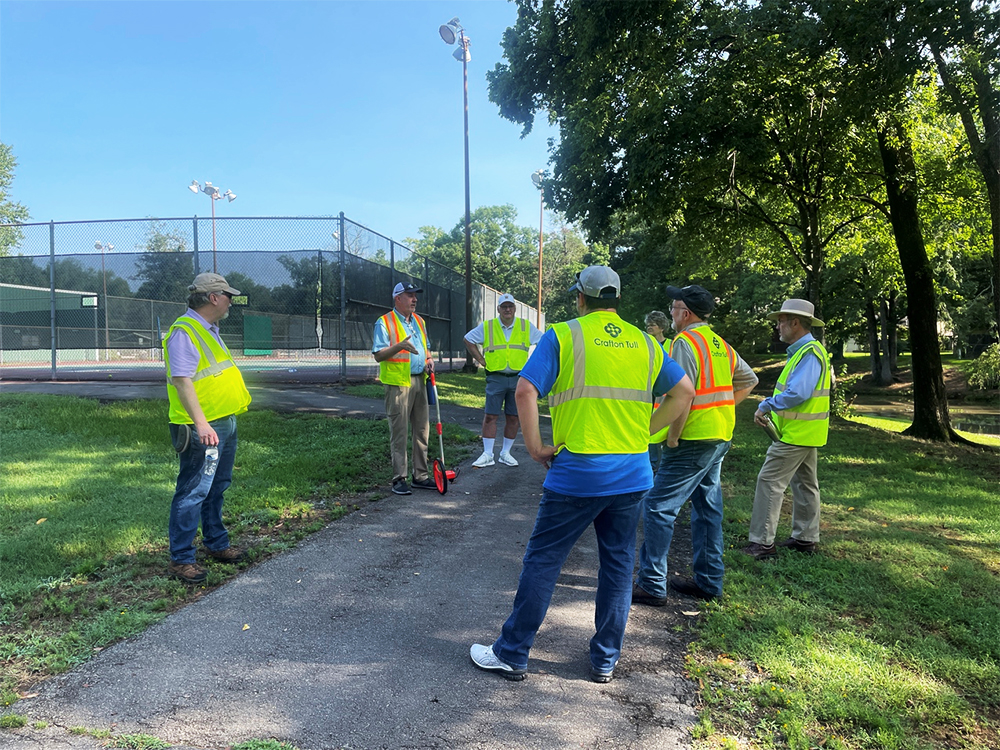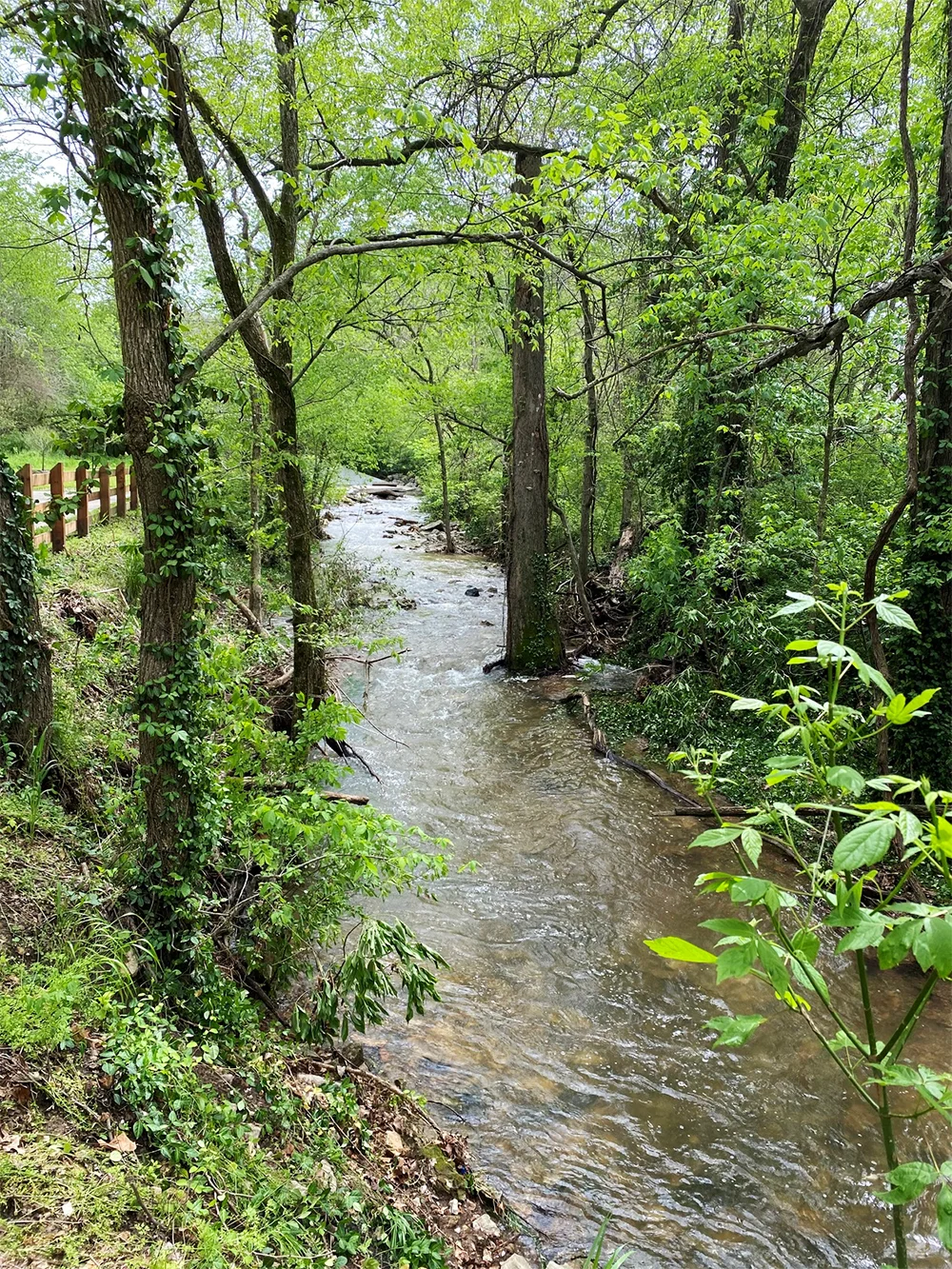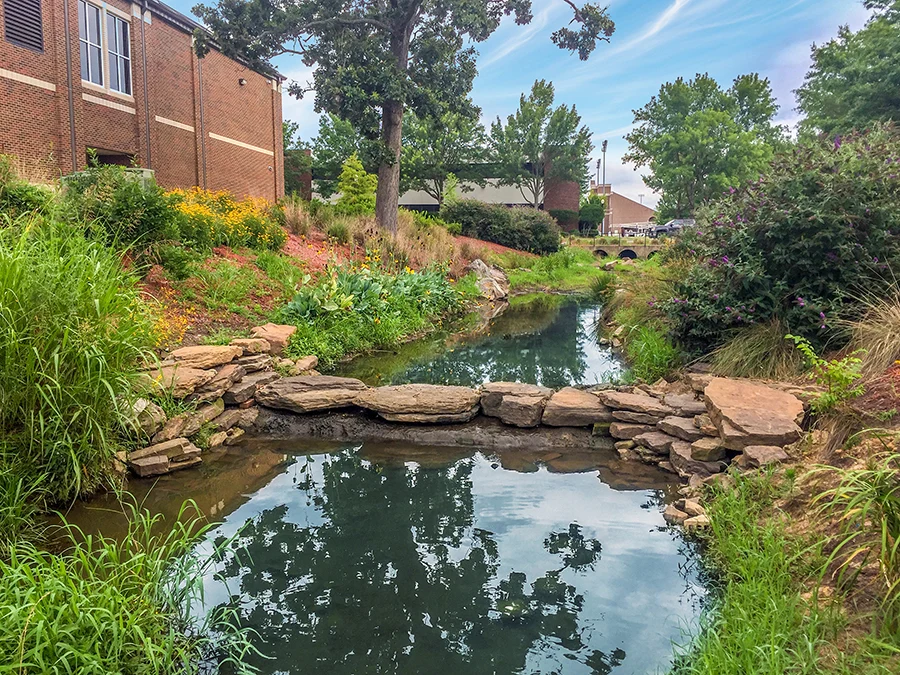
Crafton Tull
Since 1963A community’s capacity to prevent, respond to, and recover quickly from disruptions is referred to as resilience. At its most basic, resilience is simply the ability to get back in the game after suffering a hard blow.
Many communities are facing new or intensifying weather-related risks such as:
- Extreme Temperatures
- Floods
- Storms
- High Winds
- Wildfires
- Water Stress
- Drought
Every community is unique, with its own character, ideas, and distinct values. Enhancing the resiliency of a community begins with assessing hazards and vulnerabilities of all kinds, investigating and prioritizing options for addressing those vulnerabilities, and building a plan the community embraces and takes action to implement. Having a plan allows a community to achieve a holistic approach that creates true resilience. Having a plan also supports fundraising efforts by focusing efforts on defined projects with established goals.

Through careful planning and design, communities can reduce all kinds of risks. A resilient city has a diverse economic base that is not overly dependent on any single employer or source of income. If a single tornado can destroy a city’s entire sales tax base, then the city is already vulnerable. Adopting development codes that encourage mixed-use development disperses points of sale and helps mitigate that risk.
Avoiding development in high-risk areas such as areas prone to:
- Flooding
- Landslides
- Wildfires
- Other Natural Events
Planning for resiliency
A hallmark of resilience is that smart strategies provide multiple benefits. Disbursed economic centers allow services to be distributed so citizens are closer to what they want and need. This means less time and money spent on traveling long distances for work, school, shopping, and other services. A resilient city has a well-connected mobility network, allowing motor vehicles, as well as bicycles and pedestrians, to travel along multiple routes. Single points of failure are avoided, and people have options if they are unable to own or use a car, especially if public transit is not an option. More and more communities are prioritizing walkability and "bikeability" in their planning for both transportation and recreation. Alternative transportation options provide additional benefits, including emissions reductions, reduced traffic congestion, health and wellness benefits, and increased quality of life.
The past decade has shown us that we can no longer assume a 1% flood event will only occur roughly once every hundred years. Communities can lessen the impact of heavy rains by understanding and managing their stormwater systems in the most comprehensive way possible and by planning with major events in mind. Resiliency strategies focused on reducing negative impacts from rain events work to slow the water, spread it out, and allow it to soak into the ground. We see more and more communities adopting low-impact development practices such as using permeable paving surfaces, constructed wetlands, rain gardens, and bioswales to retain more stormwater on site and minimize the downstream impact of development.

Natural Stream At Capacity
Natural drainage design
Natural approaches to stormwater management are also important resiliency measures. Cities are implementing more natural streambank stabilization techniques, restoring trees and native vegetation along streams to slow water, reduce erosion, improve water quality, and provide habitat. Restoring and enhancing wetland areas gives stormwater a place to collect and release slowly after a storm event has passed. Mature trees provide an important service by catching water and stabilizing soils while providing shade and reducing urban heat island temperatures. Done correctly and with care, engineers can achieve flood protection, restore ecological functions, and create space for public recreation while creating more resilient stormwater systems that drive economic growth by preserving the natural beauty that makes our region such a great place to live.

Natural drainage channel designed by Crafton Tull
There is no better time for communities to start identifying potential resiliency projects. The $1.2 trillion Bipartisan Infrastructure Law of 2021 includes funding for projects that can improve resiliency. One source of this funding is the Carbon Reduction Program, which allocates to Arkansas $86.9 million over five years with $16.7 million in 2022. Oklahoma will receive $106.9 million. It is focused on transportation projects that reduce carbon emissions, including trail facilities for pedestrians and bicyclists, roundabouts, intersection improvements, and traffic signal synchronization. Additional programs fund energy, water, and watershed projects.
The generational level of funding available now and in the years ahead for infrastructure improvements can enable communities to increase resilience, economic stability, and quality of life. Now is the time to plan for the future, roll up our collective sleeves, and get to work building thriving and resilient communities.